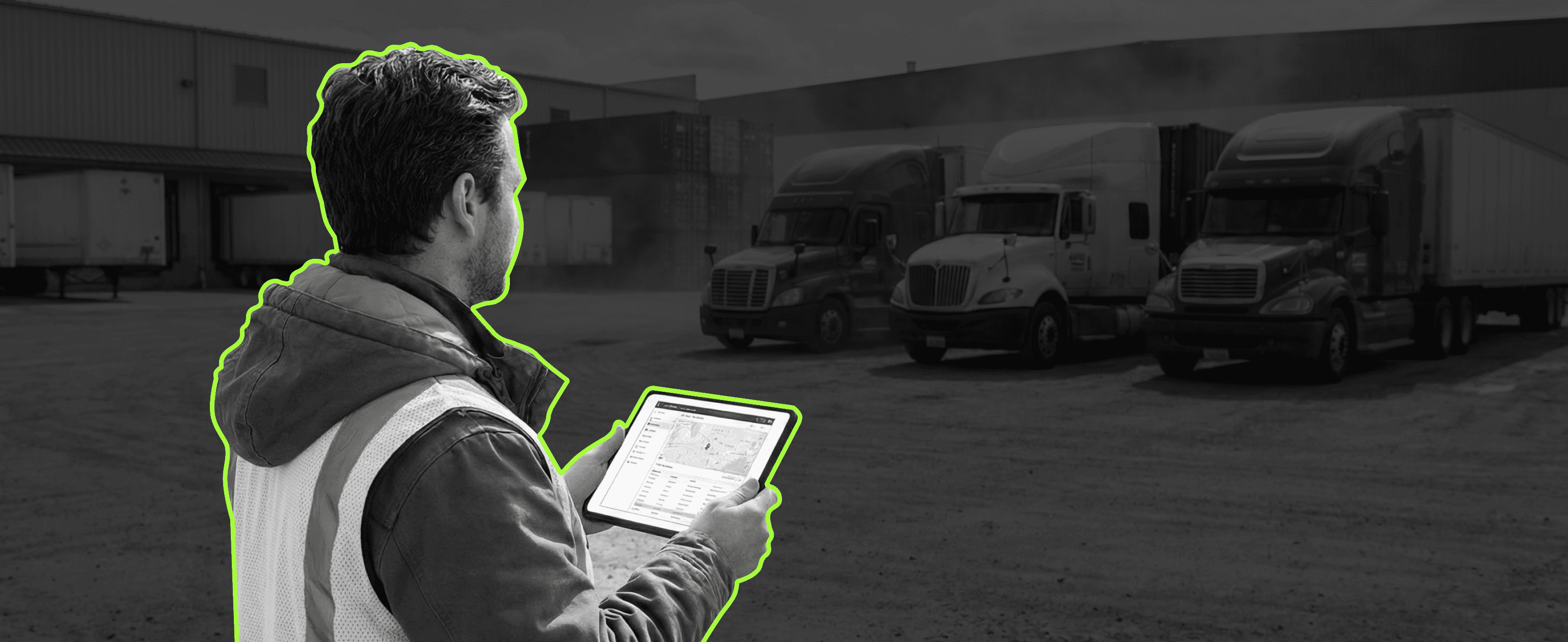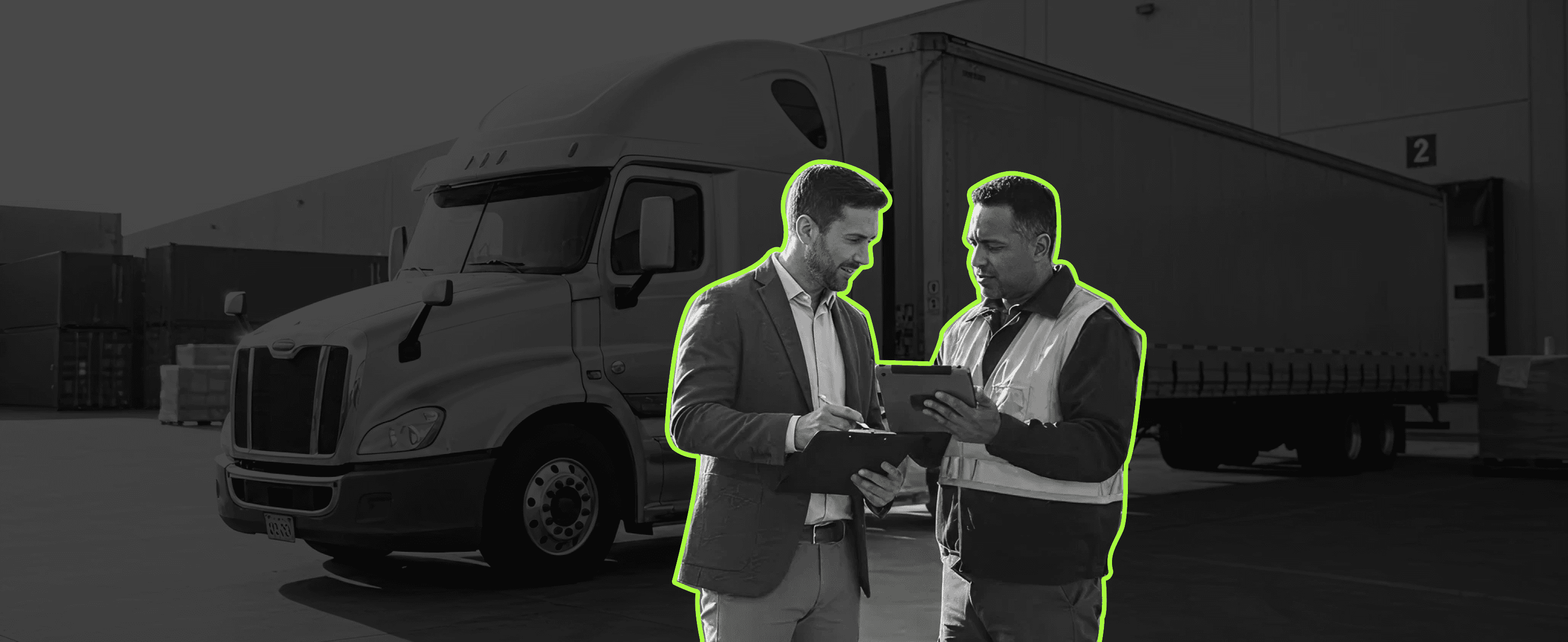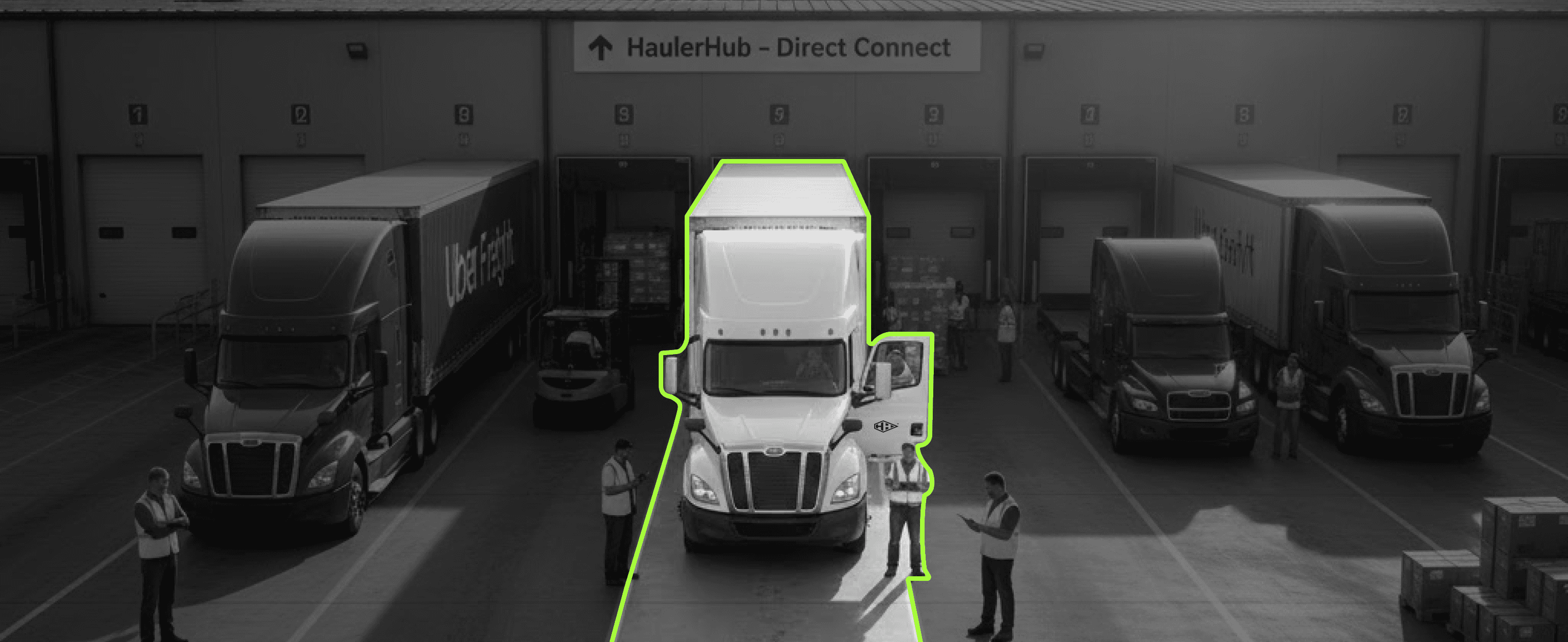Jan 28, 2025
Scroll to explore
Secret 1: Embrace the Power of Cloud-Based Solutions
Feeling bogged down by outdated systems that just can’t keep up? Cloud-based solutions might be your answer. They offer real-time data access and unmatched flexibility, which is key for managing supply chains. Companies using cloud tech tend to see improvements in supply chain operations.
How does this work for you? It streamlines supply chain processes by providing a centralized platform for data exchange. Imagine having all your sales and marketing data accessible with just a few clicks. It’s a game-changer for inventory management and improving customer satisfaction.
Specific Example:
Walmart harnessed cloud-based solutions to increase its operational efficiency. According to a Deloitte study, the cloud helped Walmart optimize its inventory management, reducing stock levels and saving costs.
Best Practices:
Start with a pilot project. Implement cloud technology in one area and measure results before scaling.
Train your team. They need to know how to use these tools effectively.
Prioritize data security to protect your valuable data against potential breaches.
Potential Challenges:
Some find the initial shift daunting, but don't worry. With the right strategy and support, the benefits far outweigh the hurdles.
Secret 2: Harness Artificial Intelligence for Smarter Demand Forecasting

Struggling to predict demand accurately? Artificial Intelligence (AI) is transforming the supply chain landscape. It takes the guesswork out of demand forecasting, offering precise predictions based on robust data analytics.
By leveraging AI, you can achieve supply chain agility, ensuring you have just the right amount of stock.
Specific Example:
Look at Amazon. They're an industry leader in using AI for demand forecasting. This has helped them maintain near-perfect stock levels, even during peak seasons.
Best Practices:
Integrate AI with existing systems to avoid large overhauls.
Use AI tools to analyze historical sales data. This can improve forecast accuracy.
Regularly update AI models to adapt to new trends.
Challenges to Consider:
Initial costs can be high, but the ROI is substantial in terms of saved resources and enhanced customer experience.
Secret 3: Don’t Underestimate Big Data for Improved Decision-Making
Ever feel overwhelmed by the sheer volume of data at your fingertips? Well, here's the thing: that data is gold. Supply chain professionals know that big data is more than just numbers; it’s insights waiting to be unearthed.
Big data analytics gives you a detailed view of your entire supply chain, helping you spot inefficiencies and optimize product performance.
Specific Example:
Procter & Gamble uses big data to streamline its supply chain operations, leading to significant reductions in costs and time.
Best Practices:
Invest in advanced analytics capabilities. It’s a must for extracting meaningful insights.
Collaborate with cross-functional teams to ensure everyone is aligned with the data-driven strategy.
Potential Challenges:
The right tools and expertise are crucial. Without them, data can be more confusing than helpful.
Incorporating these secrets into your supply chain will not only make your job easier but also place you a step ahead of trends that keep other supply chain organizations up at night. By embracing these technologies and strategies, you pave the way for operational efficiency and supply chain success.
Ready to jump into action? HaulerHub is here to help streamline your logistics processes with innovative, tech-driven solutions. Reach out to explore how we can support you in mastering these supply chain trends.
Secret 4: Improve Visibility with Real-Time Tracking Technologies
Are missed delivery deadlines giving you a headache? Real-time tracking might just be the solution. This technology offers transparency throughout the entire supply chain, minimizing the chance of miscommunication or delays.
How does this benefit you? By allowing you to monitor operations in real-time, you’re able to foresee and tackle issues before they escalate, thus improving customer satisfaction.
Specific Example:
UPS utilizes IoT devices to provide their customers with accurate real-time tracking updates. This commitment to enhanced visibility helps them maintain a competitive edge.
Best Practices:
Implement tracking platforms that can integrate seamlessly with existing systems.
Regularly check for updates to ensure tracking tools remain reliable and secure.
Foster a culture of openness by sharing real-time information with cross-functional teams.
Challenges You Might Face:
The sheer amount of data might seem overwhelming at first, but with robust systems in place, it becomes a powerful asset to improve operational efficiency.
Secret 5: Leverage Machine Learning for Optimized Supply Chain Processes
Are inefficiencies costing your company time and money? Machine learning offers an exciting opportunity to automate supply chain tasks, reducing human error and enhancing precision in decision-making.
By implementing machine learning, supply chain professionals can streamline processes like demand forecasting, inventory management, and logistical route planning.
Specific Example:
PepsiCo’s integration of machine learning has allowed them to optimize product deliveries, cutting down on lead time and costs significantly.
Best Practices:
Start small by automating simpler tasks and expand as your team becomes more familiar with machine learning tools.
Regularly monitor and adjust algorithms to maintain accuracy.
Collaborate with tech experts to stay informed about advancements.
Challenges to Consider:
Initial integration might require time and resources, but the long-term benefits of reduced costs and improved efficiency make it worthwhile.
Secret 6: Embrace Automation to Reduce Manual Workload

Is your team overwhelmed with repetitive tasks? Automation could offer the relief you’re looking for. By automating supply chain processes, you can focus more on strategic decision-making rather than mundane, everyday tasks.
Automation isn't just about saving time—it's about enhancing supply chain resilience and agility in an ever-changing global supply chain environment.
Specific Example:
Amazon’s use of robotics has transformed warehousing operations, cutting down errors and boosting productivity.
Best Practices:
Identify key areas where automation can have the most impact.
Partner with automation specialists to ensure proper implementation.
Train employees on new systems to avoid resistance and boost confidence.
Challenges You Might Face:
There could be resistance to change, but emphasizing the positives of automation—reducing errors and improving work conditions—can help ease concerns.
Secret 7: Foster a Culture of Continuous Learning and Adaptation
Are new technologies intimidating your team? Creating a culture where learning and adaptation are encouraged can make all the difference. Staying informed about emerging technologies keeps your supply chain operations competitive.
Developing supply chain agility means empowering your team to make decisions confidently using the most up-to-date tools and trends.
Specific Example:
Google encourages ongoing training and development, helping their teams to adapt smoothly to technological advancements.
Best Practices:
Organize regular training sessions covering the latest supply chain technology trends.
Encourage curiosity and collaboration within your supply chain organizations.
Provide resources such as webinars or online courses focused on industry innovations.
Challenges to Consider:
It might take time for everyone to get on board with continuous learning, but with the right encouragement and resources, the payoff is a resilient supply chain team.
Integrating these secrets into your strategy provides a clear path toward mastering supply chain management. You’re not just keeping up with supply chain software trends; you’re setting the pace for others. With HaulerHub’s innovative tools and guidance, your journey toward a more efficient and successful supply chain is within reach. Don’t let outdated technology hold you back—empower your team and watch your supply chain thrive.
Making It All Work Together: Practical Steps Forward
You've seen how embracing cloud-based solutions, AI, big data analytics, real-time tracking, machine learning, automation, and continuous learning can revolutionize your supply chain operations. But how do you begin to integrate these elements effectively?
Step 1: Set Clear Goals
Define what you aim to achieve with each new technology. Are you looking to streamline logistics, improve customer satisfaction, or enhance supply chain visibility? Pinpoint your objectives to align your efforts strategically.
Step 2: Assess Your Current Systems
Understand your existing systems to determine what needs upgrading or replacing. Conduct a thorough analysis of your operational efficiency and pinpoint weaknesses that new technologies can address.
Step 3: Prioritize Training

The key to successful implementation lies in training your team. Equip them with the knowledge and skills to use new tools effectively. Host workshops, bring in experts, and ensure everyone is comfortable with the transition.
Step 4: Collaborate and Communicate
Encourage collaboration across all levels of your organization. Open communication lines ensure everyone is on the same page, minimizing resistance and maximizing the benefits of new initiatives.
Step 5: Monitor and Adjust
Technology is ever-evolving, so regular monitoring and adjustments are vital. Keep an eye on metrics to see what’s working and where further tweaks are needed to improve supply chain processes.
Wrapping Up: Lead with Innovation and Confidence
By implementing these supply chain secrets, you're not just reacting to trends but actively shaping the future of your supply chain operations. The potential for increased efficiency, reduced costs, and improved customer satisfaction is within your grasp.
Remember, HaulerHub is here to support your journey, offering the tools and expertise you need to thrive in a competitive landscape.
Embrace a culture of innovation and continuous improvement. Stay informed, stay agile, and seize the opportunities that these trends present.
Ready to transform your supply chain with cutting-edge solutions? Connect with HaulerHub today to explore how our tailored, tech-driven approaches can empower your team and set you up for sustained success.
Thank you for reading, and here’s to your ongoing supply chain success!
Checkout other blogs

Stay ahead of the supply chain.
Break free from costly and complex systems. Sign up with HaulerHub now and make shipping a breeze.




